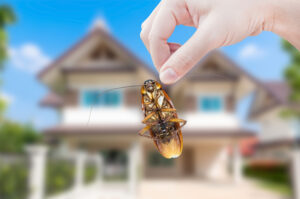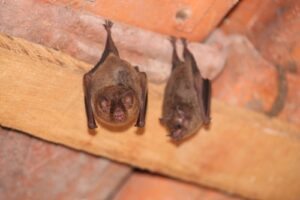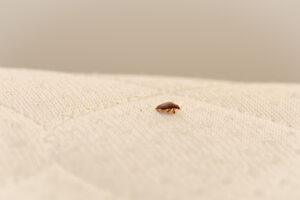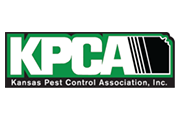All of humanity’s architectural ingenuity is vulnerable to termite attacks.
While other pests can bite and spread germs, termites can bring entire buildings to the ground and cause thousands of dollars in repairs, which means that if you’re not taking precautions against them, you’re risking more than you may know. Fortunately, there are ways to keep your home safe. Here are some methods of preventing these little creatures from causing big problems.
Fix Leaks and Limit Humidity
One thing that termites love is damp wood. Water makes wood soft, and soft wood is much easier for termites to chew through. This means that you’re going to want to keep your home as dry as possible, and a great way to go about that is by fixing any leaks around your house which allow water to drip onto your wooden beams or floorboards. Make sure all of your pipes are intact and consider getting a roof inspection from a local roofer to make sure that your roof is keeping rainwater outside where it belongs. Also, if your house is especially humid, invest in a dehumidifier to keep the moisture in the air at a reasonable level.
Spray Your Wood with Borate
An easy and effective way of protecting your house against termites is by using borate. Borate is a substance that you spray on wood prior to painting to keep it termite free for decades. The borate spray becomes absorbed into the wood and makes it nearly inedible to termites, as well as carpenter ants. Because of borate’s proven ability to ward off these pests, it’s standard procedure now to use it during the construction of new buildings, whether there is a threat of termites or not. However, you can still apply it just as easily to your house today.
Use Old-Growth Wood
Lastly, instead of repairing wooden beams and supports with wood from young, undeveloped trees, try getting old-growth wood—wood which has been growing for hundreds of years. Not only is old-growth wood more attractive, stronger and durable, it’s also much more resistant to termites. Go to your local salvage yard or carpenter shop, and they’ll help you find what you need.
If you’re not careful, termites can eat your house up from the inside. Don’t wait for them to come to you, take a stand now and defend your home against these pests. For more information, or to receive quality pest control services, contact Advantage TPC today.












